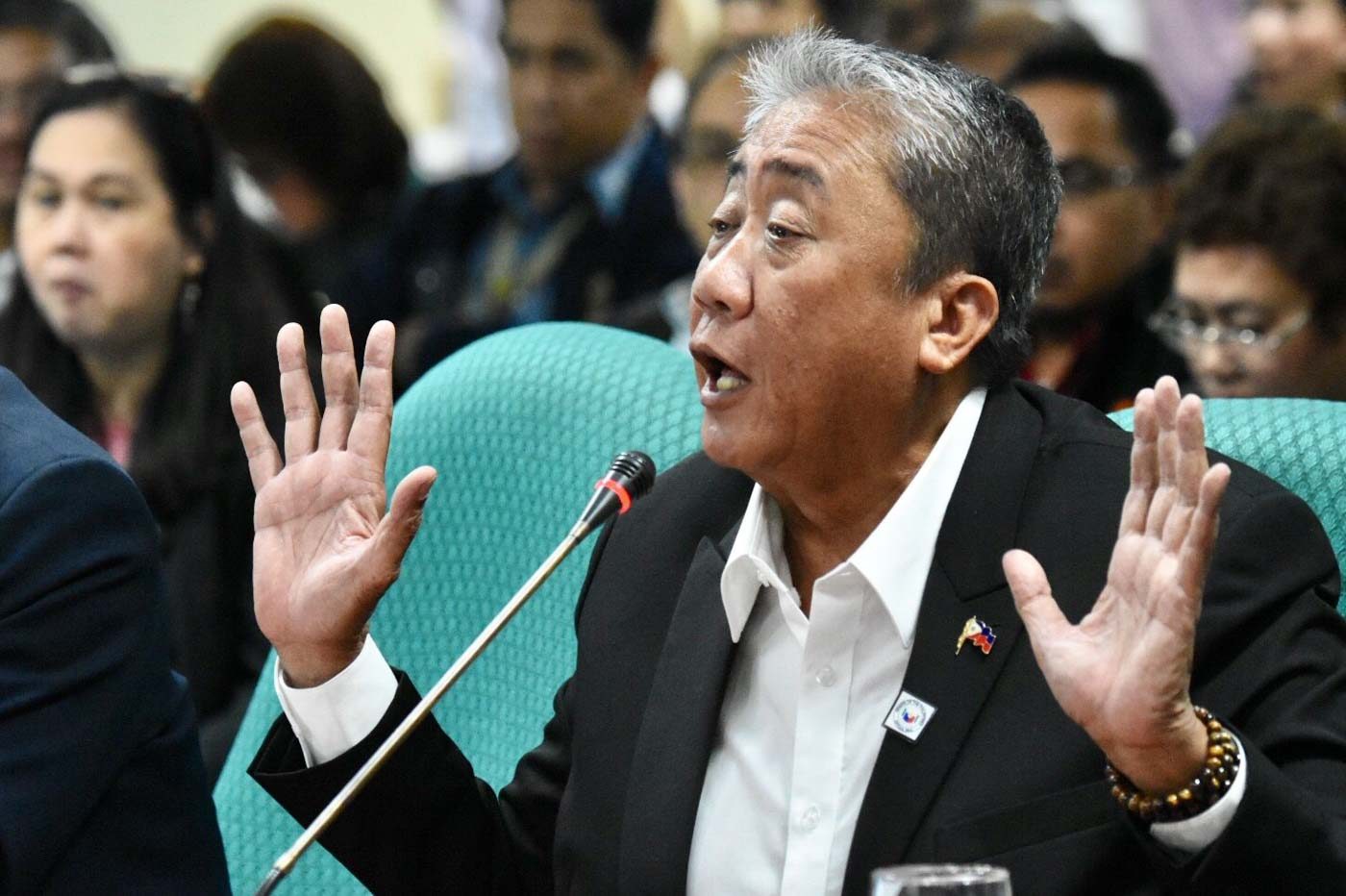SUMMARY
This is AI generated summarization, which may have errors. For context, always refer to the full article.

MANILA, Philippines – “For such a major project, it’s such a hodge-podge planning. It’s so disappointing, Mr. Secretary. I’m sorry to say.”
This, in sum, was how Senator Franklin Drilon criticized the failure of the Department of Transportation (DOTr) to set realistic targets for the Public Utility Vehicle Modernization Program (PUVMP) and work towards them.
The transition period – when older jeepneys will be phased out and replaced by modernized units – began in 2017 and set to end in July 2020. The department had said 85,000 units would be needed for deployment within the period, which is a long way to go from the only 2,595 units that are in operation so far.
During the Senate hearing on the DOTr’s proposed budget for 2020 on Thursday, October 3, Secretary Arthur Tugade’s answer to the question of failing to meet targets didn’t help clarify the matter. He only said his department had put targets in place, and that they would be willing to extend the transition phase of the program if the need arises.
Senators then grilled the transportation officials over components of the PUV modernization program that appeared to lack proper planning.
The Euro 4 requirement is “too high a standard.” Senator Imee Marcos expressed apprehension about the Euro 4 requirement because there is “no such thing” in the country. Marcos then told the transport agency to reconsider this requirement.
Under the program, jeepneys are to be replaced with units powered by Euro 4 engines or electrically-powered engines with solar panels for roofs.
Tugade defended the Euro4, saying it is the internationally-accepted standard for addressing carbon emissions.
“Sikapin na lang natin to become more reasonable (Let’s try to be more reasonable). As it were, even if we aspire towards international standards, the reality is, internationally and certainly in the developed world, no such thing exists,” Marcos responded.
Only 3% of the required modernized units have been operationalized after 3 years. 85,000 modernized units are needed to serve the capacity of the 170,000 jeepneys that will be phased out. So far, only 2,595 units have been made operational since the program began in June 2017.
The original deadline for the transition period was July 2020, but Tugade says they are open to extending it if the need arises.
The subsidy and loan programs are ineffective. Senator Nancy Binay inquired about the monthly payment of jeepney drivers if they were to avail themselves of modernized units. DOTr Undersecretary Mark de Leon said the cheapest unit would be available for P900,000, with P500 amortization rate per day. Bigger units would charge P1,000 amortization rate per day.
The loaning system allows drivers to pay every day for the money they will use to acquire the modernized units. (READ: Is the PUV modernization program ‘anti-poor?’)
However, the senators noted that few drivers and operators were availing themselves of the subsidy and loan for the modern jeepney units because of the program’s unrealistic standards.
Forming cooperatives is unrealistic. Another component Marcos called unrealistic was forming cooperatives for jeepney drivers and operators, because, she said, “Hindi naman sila sanay magtrabaho nang ganun (They are not used to working like that).”
Operators and drivers are required to be part of a cooperative, which can then apply for loans to finance the acquisition of the modernized units.
The motor vehicle inspection system (MVIS) is yet to be launched. The transport agency said that 138 motor vehicle inspection system (MVIS) sites have already been awarded and accredited, but centers for conducting roadworthiness inspections are still to be put up by December. Thus, no vehicles have been assessed for roadworthiness using the MVIS.
The MVIS was supposed to be rolled out in January 2018. Roadworthiness inspection will determine if existing jeepneys can still be allowed on the road. As of now, roadworthiness inspections are still being conducted manually by the Land Transportation Office.
Senators Marcos and Drilon clarified that they support the modernization program, but stood by their stance that the implementation was unrealistic and poorly planned.
After the hearing, Tugade said they would be continuing the modernization program. “We are ready to dialogue, we are ready to listen, but canceling it will not be [an option].” – Rappler.com
Add a comment
How does this make you feel?
There are no comments yet. Add your comment to start the conversation.